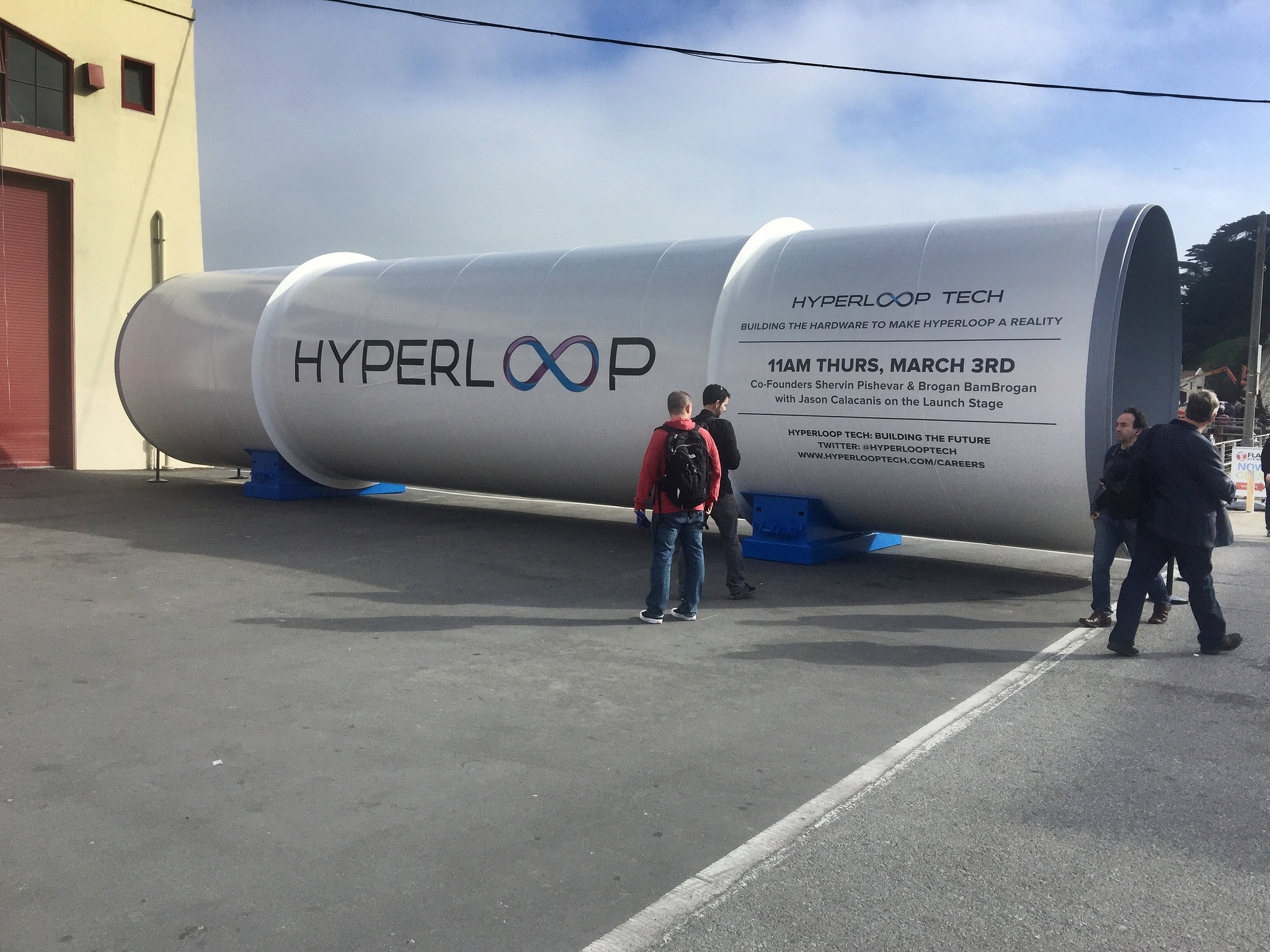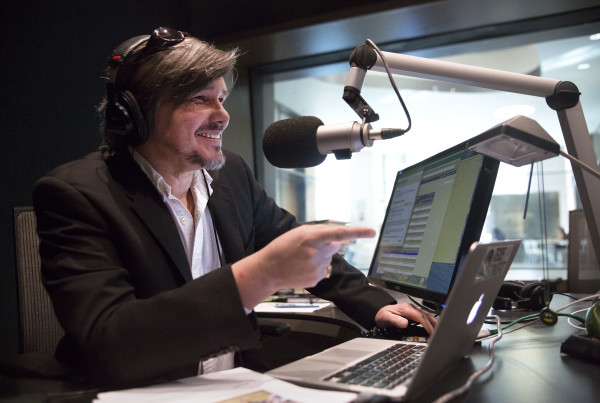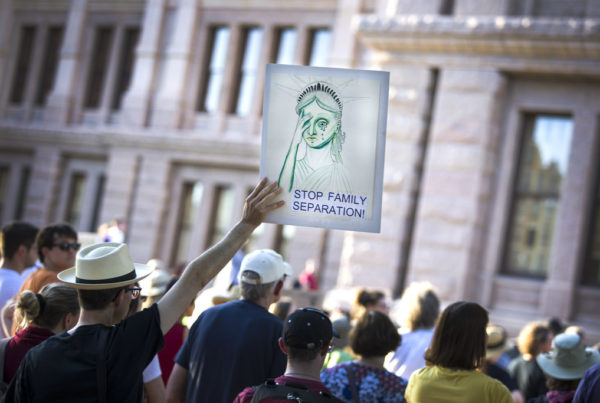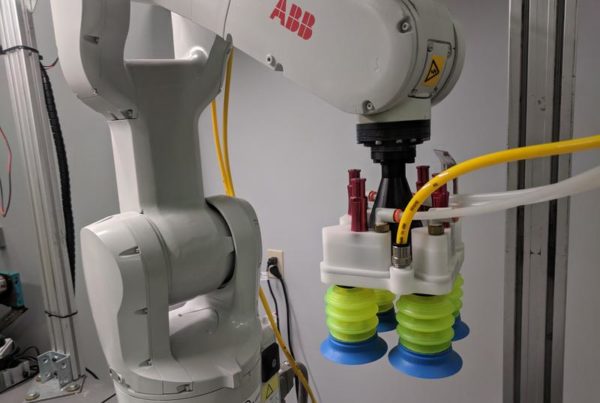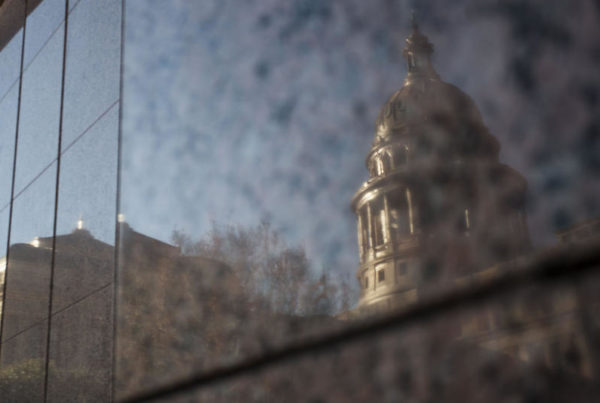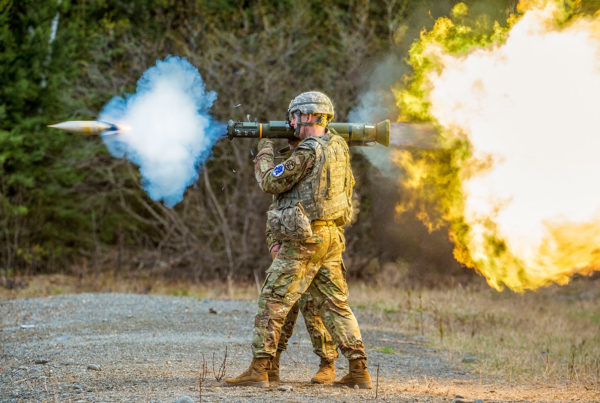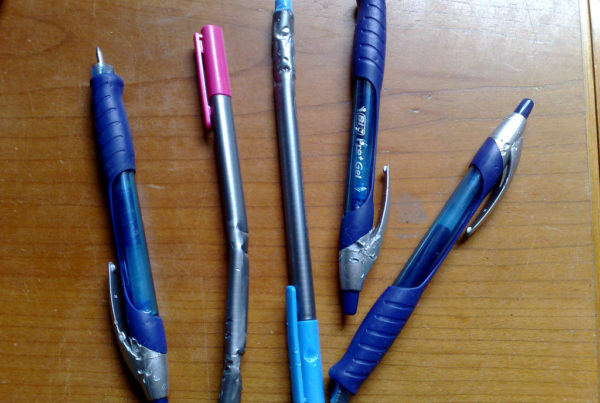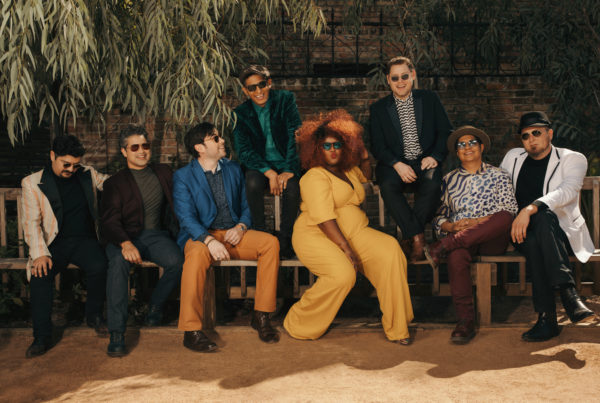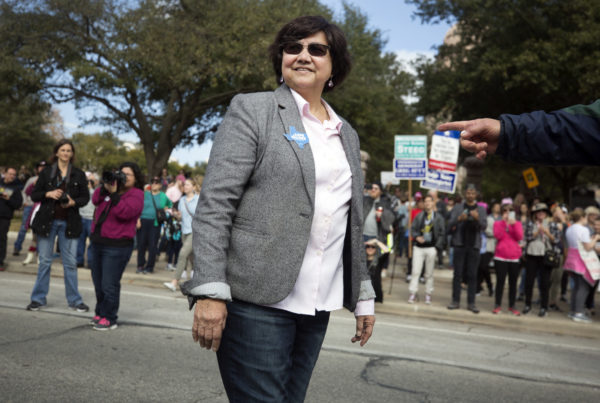Imagine zipping from Dallas to Austin in less than 20 minutes, or traveling across the Dallas-Fort Worth area in less than 10. This is the promise of the hyperloop, the brainchild of Tesla and SpaceX founder Elon Musk. The hyperloop shoots passengers in pods through a low-pressure tube, at over 700 miles per hour.
At least, that’s the idea. The hyperloop doesn’t exist yet, except on computer screens and proving grounds. Nonetheless it is exciting. Just ask planners at the Dallas-Fort Worth Regional Transportation Council. Earlier this week, the council announced that it would partner with Virgin Hyperloop One to investigate bringing the technology to the metroplex. But when it comes to freeing Texas cities from gridlocked traffic, is the hyperloop a solution, or science fiction?
Paul Lewis, vice president for policy and finance at the Eno Center for Transportation is skeptical. He says a problem with hyperloop at this stage is that there are no cost estimates.
“The boosters say that it’s going to be very, very inexpensive,” he says. “But that’s what you get when you look at any transportation system that’s new like this.”
Costs for hyperloop, as with any large-scale transportation system, would include acquiring right-of-way from property owners, and constructing tubes above or below ground.
Lewis says that despite impressive claims for hyperloop’s speed, airplane travel is roughly comparable. And the transportation problem hyperloop aims to solve is not the one most city-dwellers prioritize.
“If you talk to most people, what they really want is busses that run on time,” Lewis says. They want streets that don’t have potholes. And they want freeways that are relatively uncongested so that it doesn’t take them forever to get where they’re going.”
Written by Shelly Brisbin.


